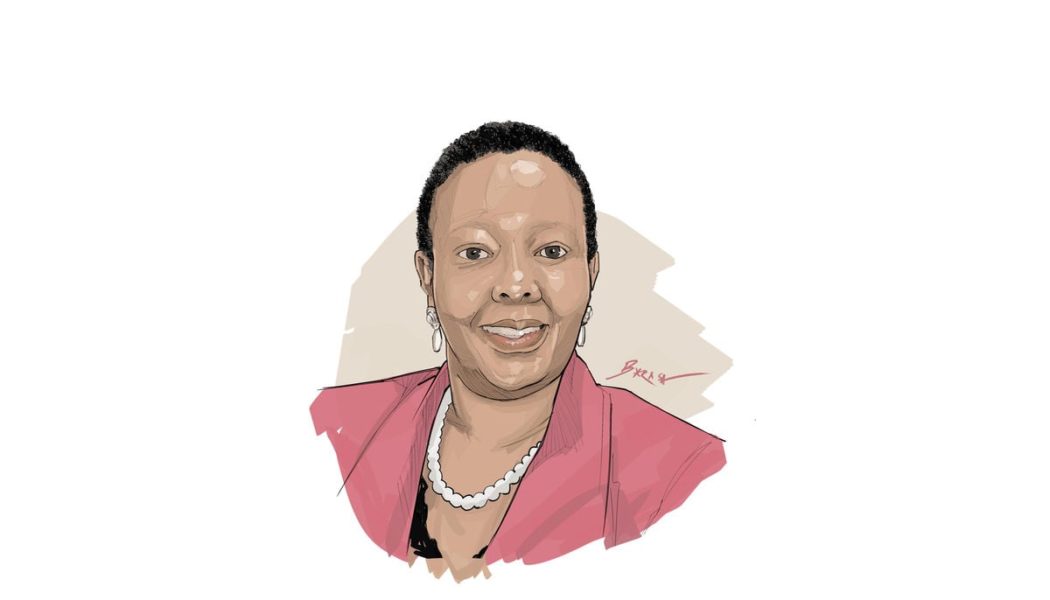
From being vibrant and growing financial players that spoke to the needs of customers, microfinance banks (MFBs) have watched as their fortunes wane.
Latest industry data shows it has been eight straight years of posting losses. They are seeing fewer customers, thinner capital and a diminishing loan book.
The Business Daily caught up with Caroline Karanja, CEO of the Association of Microfinance Institutions Kenya (Amfi) who laid bare what is threatening the survival of microfinance banks and what can be done to salvage their fortunes.
Looking at the performance of the 14 microfinance banks regulated by the Central Bank of Kenya (CBK), doesn’t this scare you?
We had a forum recently to discuss where it is hurting. There is a lot that needs to be done. We need to have a long conversation CBK for them to even have a conducive environment to work in. There is so much that is hindering us.
The performance has been worsening over the years. Could you speak to where exactly the problem lies?
There is quite a lot. Risk classification and provisioning has always been a problem. This is what guides when to classify a loan as normal, under watch, substandard, doubtful and all that.
MFBs have a provisioning structure prescribed in their regulations, which compared to what the commercial banks have, ours is limiting. For MFBs, if a loan is not repaid in one to 30 days, it is already watchful. However, when it comes to commercial banks, it is 31 to 90 days.
Banks are given a longer period than MFBs. When, for example, a client takes a loan and they delay in making a payment, the loan becomes defaulted faster with the MFBs as compared to the commercial banks.
When you say the loan has become substandard for the MFBs, it is has gone 31 to 60 days unpaid. But for commercial banks, it is 91 to 180 days.
When it becomes doubtful, it is 61 to 90 days in the MFBs compared with 181 days to 360 days in the commercial banks. For the loan to be classified as a loss, it is 90 days and above for MFBs compared with 360 days and above for commercial banks.
We find this impractical because there is now the credit reference bureaus (CRBs). We are negatively listing clients who, ideally, if compared to the commercial banks, would not be negatively listed. Therefore, we are disadvantaged in that regard. It is something that we have also tried to propose to the CBK to have it revised.
Does this explain partly why MFBs loan book has been shrinking over time?
It does because of the tenors and the listing. That short tenor will make it look like the portfolio is in a loss.
And even for customers, when an issue affects their ability to pay, they will be listed faster compared to if they had taken a loan from a commercial bank. It is a disadvantage.
Quite a disadvantage given the perceptions around CRB…
Yes. There is also the issue of loan securities. The regulator does not take into account movable securities other than traditional things such as motor vehicles. Yet the common kind of security that microfinance institutions clientele are using is movables including cows.
There is a movable property law that allows them (clients) to register the chattel to be used as collateral. But there is a lack of proper description of what is reasonable in terms of identifying a movable asset when it comes to MFBs. This denies our customers access to financial services.
The other challenge is the cash reserve ratio (CRR) as demanded by the regulator, which is quite high. The MFBs have to place 4.25 percent of their deposits at the CRRR, which is non-income generating and it causes them to source for additional funding.
At 4.25 percent, you are almost taking all your deposits to be reserved. We had proposed to the regulator that it be reduced to one percent.
Then there is also the custody of retirement scheme funds. Most of our microfinance institutions, unlike commercial banks, are not allowed to be custodians of retirement benefits. We work with insurers but they have to bank with commercial banks. We wanted that provision to be custodians.
When it comes to the use of movable collateral for loans, are banks facing the same problems like MFBs?
They face different problems. Commercial banks tend to deal with a different clientele from ourselves. What is not appreciated is that we are also dealing with the social impact of this regulations.
What will it mean if CBK changed the risk classification and provisioning, say to look like that of commercial banks?
There is always this perception that all MFBs loans are repaid on a weekly basis yet this not the case. They also have those monthly repayments now because they have evolved from the group lending methodology that we always had.
They have expanded and diversified their products and services. They also deal with another segment of clients who take loans monthly and pay monthly.
The current structure also assumes that MFBs lend only short-term loans, which is not the case. The tenor has increased because they have also moved to another segment of people including those looking for developmental loans.
So, changing the risk classification will give a fair playing ground and also avoid instances of listing customers when they shouldn’t.
From the challenges you are explaining, it appears the Microfinance Act of 2006 has strangled the sector. Is that the case?
Exactly. If we could be heard and they are reviewed, that would a big thing. By the way, we had a Microfinance Bill, which was even revised but we have never had a discussion around it.
What has been the challenge in repealing the 2006 Act or even moving the bill forward?
We’ve been lobbying but the change of regimes has played a role. You start speaking to particular people in a ministry and then a change of regime happens and that takes you back.
Sometimes the attitude has been: ‘Why are we regulating people who are not deposit taking?’ If you have people who you’re lobbying to and they are not in agreement with what you’re trying to push across, that makes it harder to move forward.
The assumption has been that digital lenders and commercial banks have used technology to strongly come into the market that traditionally was in the hands of MFBs and that that is where the rain started beating our members.
Technology cuts across. Even micro finance institutions use technology. We have already embraced that. But does that mean we are called digital credit providers? No.









